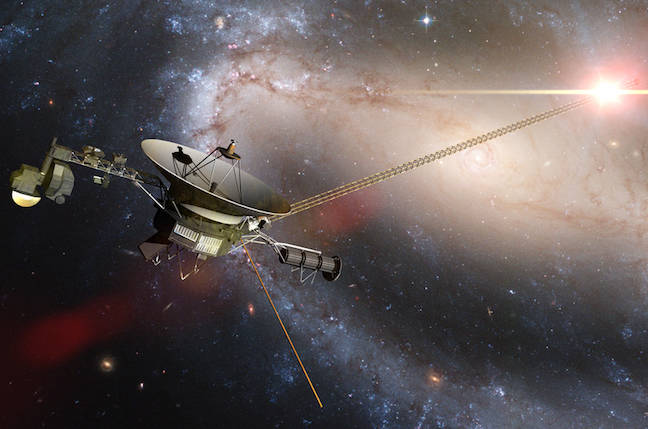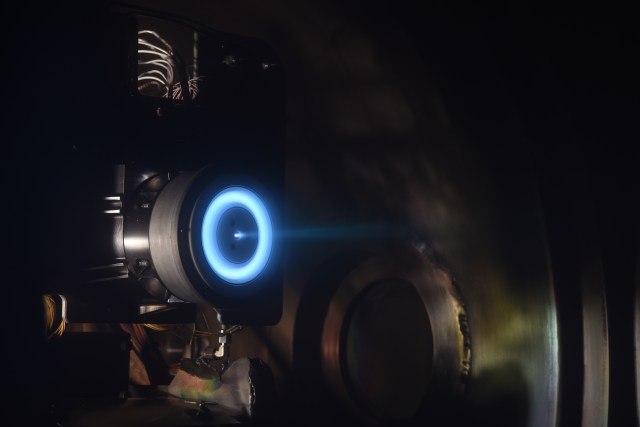IndianOil Corp. Ltd. (IOCL) has recently chosen Lummus Technology’s cumene technology for a new...
In a recent breakthrough, NASA’s Voyager 1 spacecraft has begun sending usable engineering data...
At the age of 17, Gukesh Dommaraju made history by becoming the youngest player...
The development of small spacecraft for planetary science missions presents a unique set of...
JD, a French sportswear retailer led by Regis Schultz, has announced the acquisition of...
In Q1 2024, AI startups received a significant amount of funding from both private...
A dramatic video has been released showing the moment when police rushed into a...
An exhibition by Lévy Gorvy Dayan titled “Yves Klein and the Tangible World” is...
In a significant move, IndianOil Corp. Ltd. (IOCL) has chosen Lummus Technology to provide...
The OHCHR Syria Office, WHO, and other UN agencies are all working to address...









![OHCHR Advisory Note: Health Rights in Syria (December 2023) [EN/AR] – Syrian Arab Republic](https://reliefweb.int/sites/default/files/styles/large/public/previews/96/e2/96e29ecc-8838-470d-8372-a0550b19195d.png)